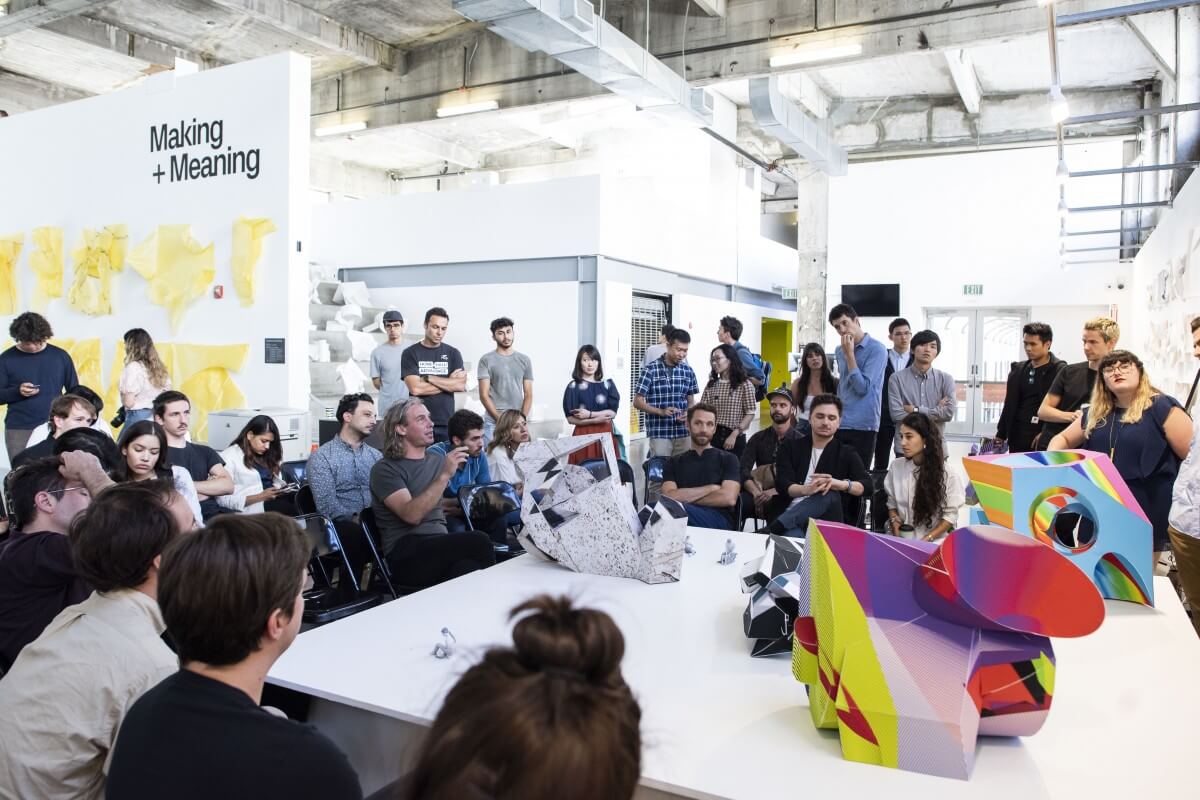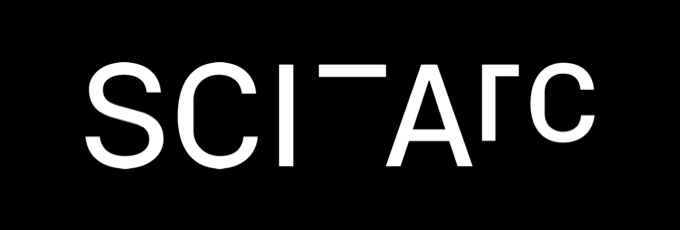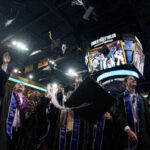For the curious and independent learner, a summer programme provides the perfect opportunity for exploration. Say you’ve been considering entering the world of architecture and design; a short summer programme would be a great starting point to gain a working knowledge of the field.
That’s precisely the aim of Making+Meaning, a summer studio programme at the Southern California Institute of Architecture (SCI-Arc). Over the course of four weeks, participants are introduced to the driving principles of architecture through hands-on spatial experimentation, independent crafting of design methodologies and wide exposure to the creative process from concept to production.
The programme takes place in SCI-Arc’s lively studio setting and heavily focuses on digital design.
Think of it as an art school, upgraded with the latest fabrication tools and software relevant to budding creators and long-time professionals alike. Program participants create a short series of designs engaging questions of composition, colour, pattern, form, shape, and function, thereby building important basic skills in drawing and model making.

SCI-Arc
They also become experts in the latest computer modelling and digital representation techniques through an intensive introduction followed by consistent exposure. As a result, students enter with varying capabilities but are still able to produce fresh, engaging, and sophisticated innovations throughout the four-week programme.
Intensive, hands-on opportunities
Located in Los Angeles’ vibrant downtown Arts District, SCI-Arc beckons aspiring architects and designers to immerse themselves in a creative setting that challenges them to expand their horizons. When paired with the open structure of the Making+Meaning programme, it attracts participants from various stages of their life and career to explore their place in architecture and design.
“We have physicists, artists, musicians all coming together to investigate what is architecture,” said Alexis Rochas, programme coordinator, and SCI-Arc faculty.
In the program’s Digital Tools Lab, students explore diverse modes of two- and three-dimensional representations through a variety of digital tools and techniques. In the Design Techniques Lab, they refine their individual design methodologies and explore material properties through hands-on experimentation.
As the Making+Meaning experience extends outside the studio, students are also privy to weekly guided tours, where they explore the city’s innovative architecture and connect with the dialogue between its historic and contemporary design wonders.
Peer support and participation is also an integral part of the programme. Every week, students participate in “pin-up” reviews with their studio group to get fresh perspectives and feedback on their work. They also receive “desk crits” from faculty members throughout the development of their projects. To conclude the program, students present their work in a public group exhibition.

SCI-Arc
“After four weeks of making non-stop, we open a final review show where we invite 20 arts and architecture critics from the Los Angeles area,” Rochas shared.
Foundation for a creative future
According to faculty member Matthew Au, Making+Meaning gets students “activated and motivated into the culture of architecture.”
This can be attributed to several factors: One-on-one instruction with top design professionals and academics, juried reviews and guest lectures with industry professionals, and access to SCI-Arc’s state-of-the-art facilities.
These facilities include the reconfigurable 3D work/research space Robot House and 3D digital fabrication facility Magic Box. Together with the Analog Fabrication Shop, these form the RAD Centre – one of the largest and most advanced fabrication facilities at an architecture school.
Participants of the programme are also guided to develop their own portfolio. A portfolio is a critical component of any creative career. Throughout Making+Meaning, students learn layout design and material formatting compilation strategies in focused workshops, which allow them to present their body of work in a compelling manner.
This allows participants to display their vision and strengths in a fiercely individual medium, preparing them to become competitive, career-minded individuals. Whatever their chosen pathway, graduates of Making+Meaning leave with a competitive edge thanks to their well-compiled portfolio.

SCI-Arc
Having gone through a steep learning curve with digital fabrication tools and materials, participants leave with options to explore the world of design more deeply. They can join a full degree course at SCI-Arc and turn their Making+Meaning certification into credit for one Visual Studies (VS) elective course.
They can also break into a lively new professional career or continue their creative foray as a hobby.
EDIT (June 2020):
Making+Meaning will be conducted online in summer 2020, widening the reach to applicants from all over the world. Working professionals or aspiring designers can now follow the programme while maintaining a regular work schedule, and still earn their three credits towards a visual studies elective at SCI-Arc.
The online programme will be divided into two modules this time, each two weeks long. It will be more digitally-oriented; through following live tutorials, on-demand Masterclases and one-on-one sessions with SCI-Arc studio faculty, students will also enhance their software proficiency. Additionally, there will be weekly virtual tours of landmark architectural studios in Los Angeles for students to immerse themselves in the city’s rich history and culture.
Students will develop an interactive design portfolio and receive feedback from renowned architects and design professionals upon completing the programme.
Register here.
Follow the Southern California Institute of Architecture on Facebook, Twitter, Instagram, and YouTube
Liked this? Then you’ll love…
SCI-Arc: Preparing architects for the high-tech future
Southern California Institute of Architecture: Innovating postgraduate education











